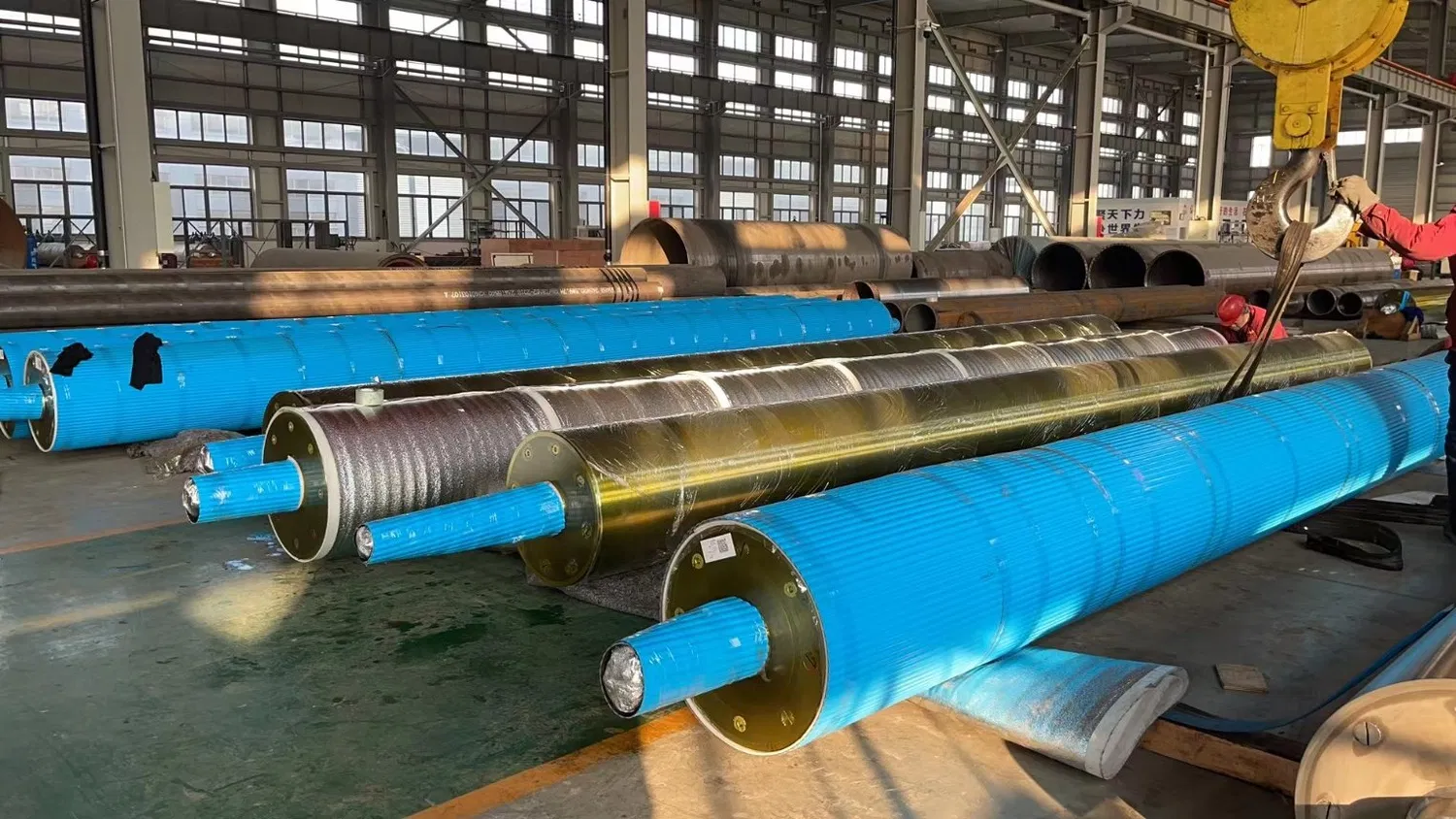Introduction
Paper machine rollers are an essential component in the papermaking process. They play a crucial role in ensuring that the paper web runs smoothly and consistently through the machine. However, friction between the rollers and the paper web can lead to several issues, such as web breaks, sheet defects, and decreased production efficiency. Therefore, reducing the friction coefficient in paper machine rollers is essential for better quality production.
Why Friction Coefficients Matter
The friction coefficient between the rollers and the paper web affects the paper's moisture content, tension, and temperature. High friction coefficients can cause the paper web to become too dry, leading to web breaks and sheet defects. Additionally, high friction coefficients can increase the paper's tension, causing it to stretch and become thinner than desired. This can result in reduced production efficiency and lower quality paper. On the other hand, low friction coefficients can cause the paper web to become too wet, leading to issues such as wrinkling and poor print quality.
Methods for Reducing Friction Coefficients
There are several methods for reducing the friction coefficient in paper machine rollers. One common approach is to use roller coatings, which can provide a low-friction surface that reduces the amount of energy required to move the paper web through the machine. There are various types of roller coatings available, including ceramic coatings, solid lubricant coatings, and PTFE coatings. Each type of coating has its advantages and disadvantages, and the best choice will depend on the specific application and operating conditions.
Roller Cleaning Systems
Another method for reducing friction coefficients is to use roller cleaning systems. These systems can remove contaminants and debris from the roller surface, reducing friction and improving paper quality. There are several types of roller cleaning systems available, including brush cleaning systems, blade cleaning systems, and air knife cleaning systems. Brush cleaning systems use brushes to remove debris from the roller surface, while blade cleaning systems use a stationary or rotating blade to remove debris. Air knife cleaning systems use a high-velocity air stream to remove debris from the roller surface.
Proper Roller Maintenance
Proper roller maintenance is also essential for reducing friction coefficients. Regular lubrication and alignment of the rollers can help ensure that they are operating at optimal efficiency and reducing friction. Lubrication can reduce wear and tear on the rollers, while alignment can ensure that the rollers are running parallel to each other, reducing friction and improving paper quality. Additionally, regular inspection and replacement of roller covers and bearings can help ensure that the rollers are in good condition and reducing friction.
Benefits of Reducing Friction Coefficients
Reducing friction coefficients in paper machine rollers can provide numerous benefits for paper production. By reducing friction, paper machines can produce higher quality paper with fewer defects and web breaks. Additionally, reducing friction can improve production efficiency by reducing the amount of energy required to move the paper web through the machine. This can lead to cost savings and increased profitability for paper manufacturers. Furthermore, reducing friction can extend the lifespan of paper machine rollers, reducing maintenance costs and downtime.
Conclusion
Reducing friction coefficients in paper machine rollers is essential for better quality production. By using roller coatings, cleaning systems, and proper maintenance practices, paper manufacturers can reduce friction and improve paper quality, production efficiency, and profitability. With the increasing demand for high-quality paper products, reducing friction coefficients in paper machine rollers is becoming more critical than ever.



